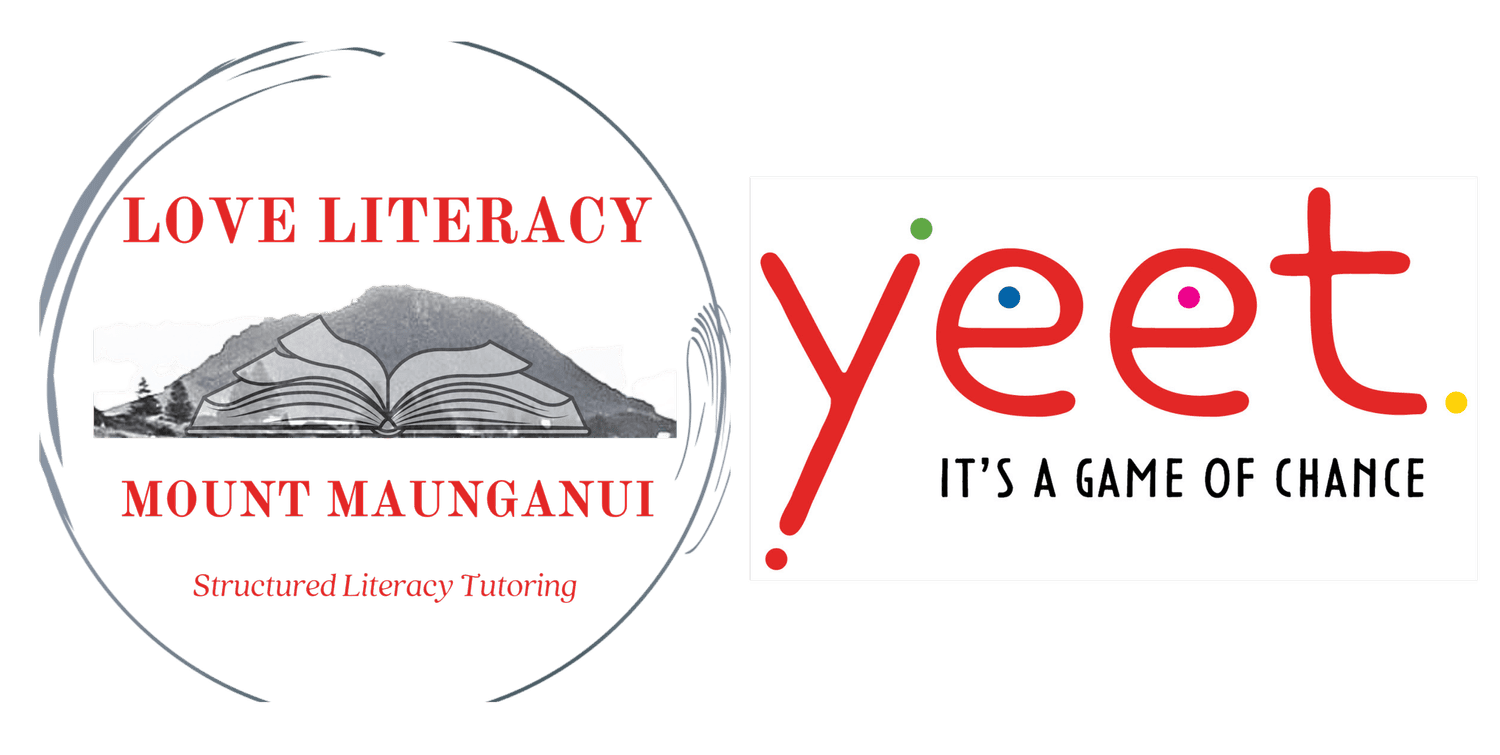What is interleaving?
You may have heard of interleaving, and wondered what it is, especially within the literacy world. Interleaving is already a well-documented learning technique for studying, and today we will explore what this means when working with a structured approach to literacy. Let’s begin by breaking down the word:
The word “interleaving” contains three morphemes:
-
- Inter-: This is a prefix meaning “between” or “among.” It suggests that something is being mixed or alternated among different things.
-
- Leaf: This is the base or root word, relating to pages in a book. Leaves is the plural of leaf. In this context, it carries the idea of inserting or placing something in between other things.
-
- -ing: This is a suffix that turns a verb into its present participle or gerund form, indicating an ongoing action or process.
So, “interleaving” breaks down into the idea of placing or inserting things in between others as an ongoing action.
Interleaving is known as a powerful learning strategy where students mix multiple topics during their study sessions, rather than focusing on one subject at a time, as is done in blocked practice. This approach has been found to be more effective for long-term retention, categorisation skills, and problem-solving abilities. The key advantage of interleaving is that it forces the brain to continuously retrieve information, which can strengthen memory associations and improve the ability to differentiate between concepts.
So how does this relate to a structured approach to literacy, and how can we as teachers, make full use of this powerful strategy from a teaching perspective? In a structured literacy context, particularly when working with students who need to catch up (or indeed just learn) with reading, writing, and spelling, interleaving can be especially beneficial. Structured literacy involves teaching from simple to complex, following a clear scope and sequence. By interleaving different literacy skills already taught, students are encouraged to make connections between these skills, improving their overall literacy proficiency.
Here is an example of how I will interleave with students: For instance, I teach the final silent e syllable where the e makes the vowel have its long sound early on. Sometimes even before digraphs. When I do teach digraphs, I will ‘roll back’ to silent e with the digraphs, including words like shake, quake, chose, theme, whale, and chafe to ensure that we continuously revisit digraphs. If I have taught the digraphs first, I can still use this technique with silent e when I teach it. From there, every time you teach a new sound or spelling pattern, add in digraphs – chow, chain, show, coach, etc. Another example is when teaching about suffix ed. Rather than just teaching the 3 sounds of ed and leaving it there, ensure that every week onwards from teaching the three sounds of ed, you add these onto the base words of the sound/spelling you are teaching.
By revisiting each skill in different sequences and contexts, your students will be more likely to retain what they’ve learned and apply it effectively in new situations.
It’s important, however, to ensure that each topic or skill is given sufficient attention before moving on. We shouldn’t use interleaving as a way to avoid challenging tasks for learners, however, we should persist until they achieve a sense of accomplishment in each area before rotating to the next. Then we can revisit it again with spaced practice. This balance between challenge and variation is what makes interleaving a powerful tool in a structured literacy approach, leading to more robust learning outcomes for students who need to build a strong foundation in reading, writing, and spelling. In all honesty, interleaving was the very reason Yeet was created!
Read more here:
https://www.edutopia.org/article/how-use-interleaving-foster-deeper-learning/
https://academicaffairs.arizona.edu/l2l-strategy-interleaving
https://theeducationhub.org.nz/spaced-practice-and-its-role-in-supporting-learning-and-retention/
